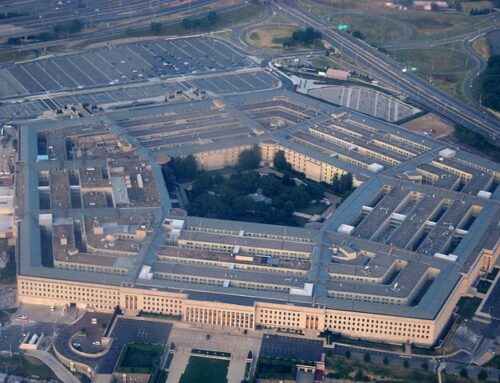TCS has pored through the Fiscal Year 2024 President’s Budget Request to find some interesting budget nuggets on each of the military services.
Unlike last year, the U.S. Army is the most expensive military service, just barely nudging out the Air Force, with a topline of $185.5 billion. This is up from the Army’s topline last year of $178 billion. The personnel account gets the biggest bump with a 2.6 percent increase over last year’s enacted total. Operations & Maintenance gets the second biggest at 2.2 percent over last year. Military Construction takes a whopping 30 percent decrease from the final level for last year, a reduction that almost certainly will not stand after Congress takes a crack at the budget. Procurement and Research, Development, Test & Evaluation (RDT&E) also take cuts. But, given that the Army is the most likely service to have unrequested R&D projects thrust upon it by lawmakers, look for that to change.
This year, the U.S. Air Force is the second-most expensive of the military services at $185.1 billion. If this was last week’s Kentucky Derby, we’d say they lost by a nose. Usually, the Air Force is the most expensive military service, but the ongoing untangling of the budget lines to separate out the brand-new Space Force, reduces the Air Force topline as the Space Force budget inexorably increases. The Air Force makes a relatively “modest” request for the monstrously expensive F-35 Joint Strike Fighter, with “just” 48 airframes requested, up from 43 in the final appropriations bill for FY23. Again, let’s see what Congress does with that…we’ll predict right now that the number of airframes in the appropriations bill will take off, “Into the Wild Blue Yonder!” The Air Force also seeks to reduce its legacy aircraft systems by 190 airframes. We’ve said it before, lawmakers need to let the military services retire systems when they ask to do so. It’s the fiscally responsible thing to do!
Now, we’re blasting off to look at what is happening with the new Space Force and its budget. As mentioned above, the Space Force remains part of the Department of the Air Force but is being cleaved from the Air Force as an entirely new military service with new responsibilities and a separate budget. This year the Space Force clocks in at an even $30 billion, up from last year’s $24.5 billion. This accounts for some of the reduction to the Air Force budget from last year but it’s not a zero-sum game, by any means. The Space Force, as a whole, will equal more than those same budget lines cost when they were part of the Air Force. This is just a fact, and one we’ve been pointing out for several years. Operations & Maintenance and Personnel receive the largest increases at 22.5 and 20 percent, respectively. These are the lines most likely to make rapid increases as people and missions are moved from the Air Force. Interestingly, RDT&E is the largest subset of the Space Force budget at $19.2 billion or 64 percent. This is bound to level off as all functions are transferred to the Space Force, but it is an interesting snapshot in time. Procurement is roughly 16 percent of the entire Space Force budget request, likely reflecting that major weapon systems are remaining in the Air Force budget.
You may be wondering what about the Navy and Marine Corps. Well, it’s complicated. For the first time we can remember the budget request is presented in such a way that it is difficult to untangle the numbers for the Navy and the Marine Corps – both services come under the Department of the Navy umbrella. We did it last year – Navy here and Marine Corps here – but the way the data was presented this year made it impossible for us to present documents that we could 100 percent stand behind. So, we won’t put anything out.
And there you have it, our Five Fast Facts on three of the military service budgets. And, hey Navy and Marine Corps, if you’ll go back to presenting your data the way you used to…you’ll get your own Five Fast Facts again next year!











Get Social